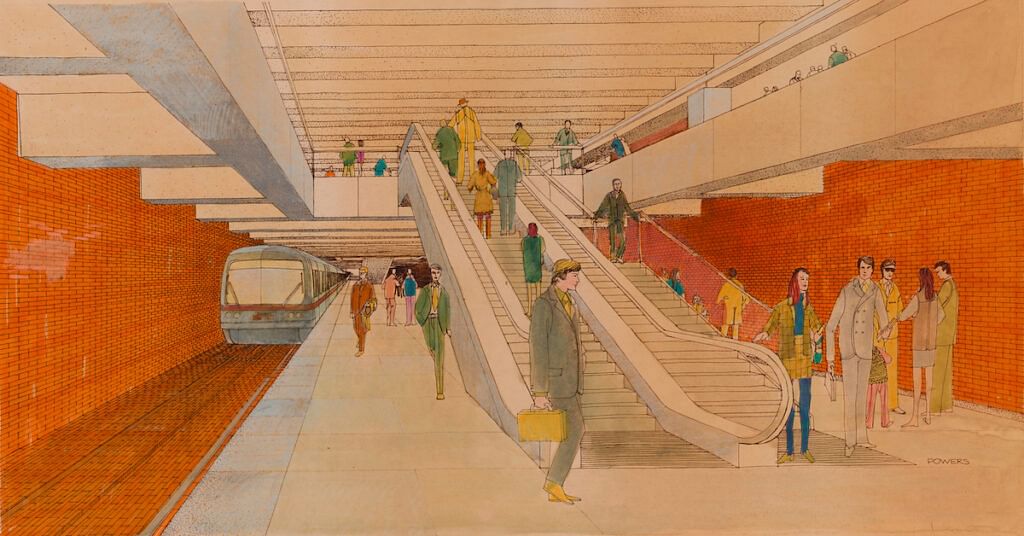UC Berkeley opens exhibition on the architectural history of the BART system
The College of Environmental Design at UC Berkeley has opened an exhibition on the BART’s architectural history. Titled Along the Line: Designing and Planning BART, 1963-1976, the show features the work of architects, landscape architects, and planners involved in the system’s initial design. The exhibition centers on the desire of BART designers to encourage middle-class passengers commuting from Bay Area suburbs to use public transport to downtown San Francisco. The approach included “aesthetically pleasing” stations in landscapes that would “make a contribution to the community through which [BART] passes.” View this post on Instagram A post shared by CED UC Berkeley (@ced_berkeley) “Despite minimal budgets, many of the designers saw the assignment as an opportunity to make a contribution to the region’s design reputation,” the organizers explain. “They seized on the chance to apply new theories and methods to the type of project they believed would characterize the majority of the work for the next generation of architects.” The exhibition is open until August 31 at the Environmental Design Library, 210 Bauer Wurster Hall.Read the full post on Bustler


The College of Environmental Design at UC Berkeley has opened an exhibition on the BART’s architectural history. Titled Along the Line: Designing and Planning BART, 1963-1976, the show features the work of architects, landscape architects, and planners involved in the system’s initial design.
The exhibition centers on the desire of BART designers to encourage middle-class passengers commuting from Bay Area suburbs to use public transport to downtown San Francisco. The approach included “aesthetically pleasing” stations in landscapes that would “make a contribution to the community through which [BART] passes.”
“Despite minimal budgets, many of the designers saw the assignment as an opportunity to make a contribution to the region’s design reputation,” the organizers explain. “They seized on the chance to apply new theories and methods to the type of project they believed would characterize the majority of the work for the next generation of architects.”
The exhibition is open until August 31 at the Environmental Design Library, 210 Bauer Wurster Hall.Read the full post on Bustler
